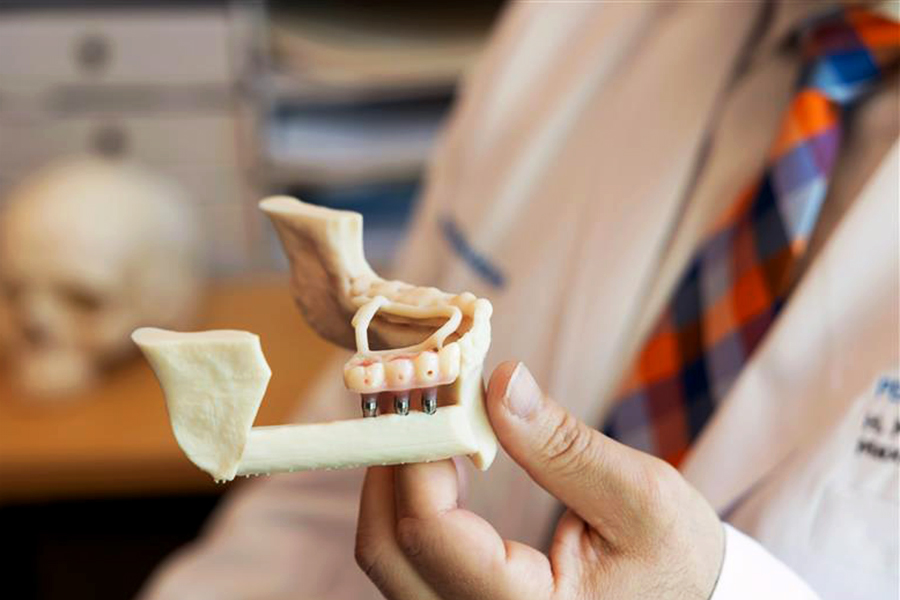May 10, 2022
When Wade Peoples was admitted to Kaiser Permanente Walnut Creek in late January with COVID-19, he was concerned that he would be isolated in his hospital room as he recovered.
But Peoples, a building maintenance engineer who lives in Concord, California, was given the option of hospitalization or an alternative — Kaiser Permanente Northern California’s Advanced Care at Home (ACAH) program.
In generally good health and with a manageable condition, Peoples was a candidate for the program. After he chose ACAH, he was set up with communications devices, scheduled monitoring, and visits from the care team in order to recuperate at home.
“I was very pleased and thought it was a great idea,” said Peoples. “I was able to get up and move around while staying with family, and I think it aided in the recovery process for me.”
Technology, home visits, 24-7 help
ACAH began as a pilot in the Kaiser Permanente Napa-Solano service area in fall 2020, but the hospital at home concept pre-dated the COVID-19 pandemic.
The thinking behind the program is that not all patients need to be in hospitals. Those with some conditions, such as cellulitis, chronic obstructive pulmonary disease, congestive heart failure, COVID-19, and pneumonia, for example, can be cared for in their homes if their condition can be appropriately managed by the services the program provides and if they meet a screening that ensures the safety of them and their care team members.
Patients in the emergency department and hospital, who are carefully selected and opt in to the program, are transported home by ambulance and set up with a suite of telehealth and medical equipment to deliver hospital level care at home. This includes a tablet computer for video visits with the care team, a phone and personal emergency response bracelet with direct connection to the care team 24-7, and other telehealth monitoring devices. Overseen by the hub staffed with nurses and physicians, patients scheduled daily video visit appointments and clinical providers visit the home to deliver care in person to patients.
As patients recover at home, the care team supports them with resumption of daily activities by providing any education to support a healthy lifestyle. The care team, which includes nurses, connects with a patient’s primary care doctor continuously and at discharge to support a smooth transition of care.
Manifold benefits of ACAH
The hospital at home model of care is not new. It was developed in Europe and today is used by other health care systems, including Johns Hopkins, Massachusetts General, and Kaiser Permanente’s Northwest Region. Before starting up in Napa-Solano, patient and physician focus groups were conducted to ensure it would work in the Northern California Region.
So far, more than 200 patients in Northern California have participated in the program, which is now rolling out regionwide over the next several years.
According to Stephen Parodi, MD, associate executive director, The Permanente Medical Group, and ACAH co-sponsor, the program has manifold benefits.
“We are finding that patients enjoy being at home,” he said. “Additionally, there is a reduction in hospital readmissions, which is 8% with ACAH compared with 13% for brick-and-mortar hospitals nationally, there are fewer hospital-acquired conditions, and patient satisfaction scores are up.”
Peoples recovered at home for a week, including 4 days of medication and use of an oxygen tank. Now on the mend, he said he is feeling “nearly 100%.”
“It was comforting knowing that while I was home there was someone just a phone call away,” he said of ACAH. “I also liked knowing that I was making a bed available to another patient perhaps in a more critical condition. If I were ever in another medical situation where Advanced Care at Home became an option, I would love to do it again.”






